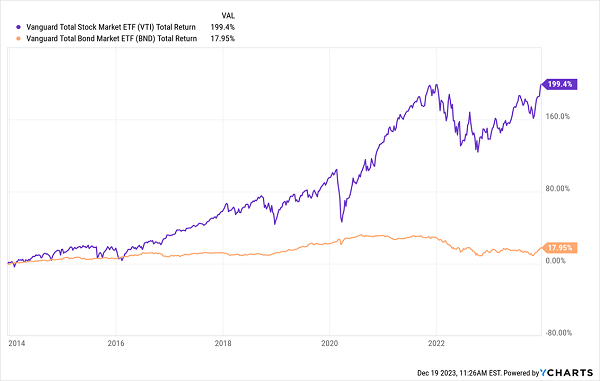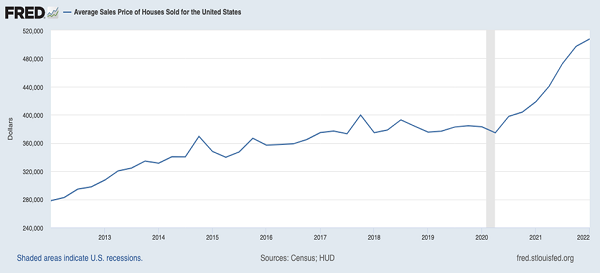Normally when interest rates fall, we closed-end fund (CEF) investors are tempted to pick up a fund like the 7.3%-paying Royce Small-Cap Trust (RVT).
It seems like a particularly savvy move today, with this small cap–focused CEF trading at a 10.3% discount to net asset value (NAV, or the value of its underlying portfolio). Cheap!
But is that really a good value, or could RVT get cheaper still?
Let’s take a look, starting with small caps generally. Like large caps, they benefit as lower rates boost consumer spending. But there are two other factors that make falling-rate periods particularly advantageous for smaller firms:
- They mean lower borrowing costs for investors, allowing them to invest on margin more than they would otherwise.






Recent Comments